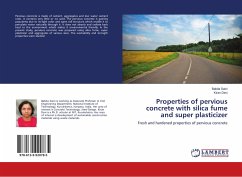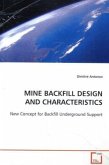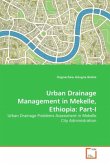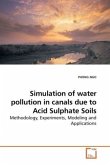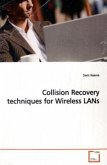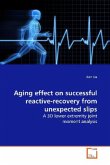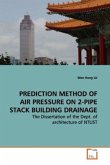Pervious concrete has grown in popularity as an
alternative infrastructure medium to enhance the
quality of surface water in developed geographical
areas. Previous studies have shown that pervious
concrete structures and the subgrade layer that
supports them are effective at significantly reducing
the concentrations of common pollutants such as soap,
motor oil, brake fluid, brake dust, and roof shingle
particles from rain water and snow melt. Studies
thus far have shown enough promise to encourage
growing use of pervious concrete in infrastructure
categories such as storm channels, sidewalks and
parking lots. This paper examines the use of
pervious concrete to remove metals and neutralize pH
from a synthetic solution simulating acid mine
drainage (AMD). In addition, destructive testing of
cores taken from pre-filtration and post filtration
filters were used to evaluate the potential lifespan
of a pervious concrete filter when exposed to the
prolonged flow of polluted water.
The dimensions of the filter allow for ease of
handling by manual labor or the use of machinery that
can be transported by standard off-road vehicles.
alternative infrastructure medium to enhance the
quality of surface water in developed geographical
areas. Previous studies have shown that pervious
concrete structures and the subgrade layer that
supports them are effective at significantly reducing
the concentrations of common pollutants such as soap,
motor oil, brake fluid, brake dust, and roof shingle
particles from rain water and snow melt. Studies
thus far have shown enough promise to encourage
growing use of pervious concrete in infrastructure
categories such as storm channels, sidewalks and
parking lots. This paper examines the use of
pervious concrete to remove metals and neutralize pH
from a synthetic solution simulating acid mine
drainage (AMD). In addition, destructive testing of
cores taken from pre-filtration and post filtration
filters were used to evaluate the potential lifespan
of a pervious concrete filter when exposed to the
prolonged flow of polluted water.
The dimensions of the filter allow for ease of
handling by manual labor or the use of machinery that
can be transported by standard off-road vehicles.


